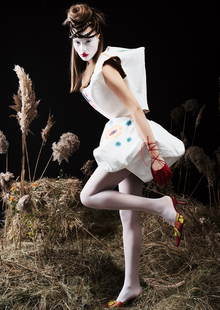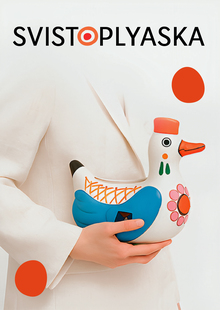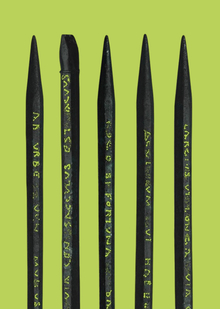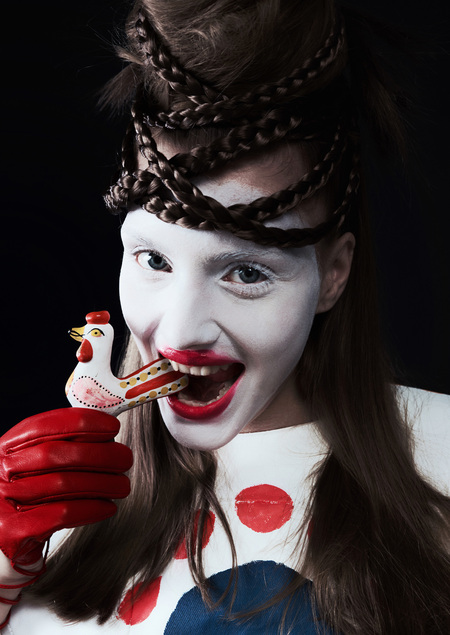
SVISTOPLYASKA — People’s fishing as a brand
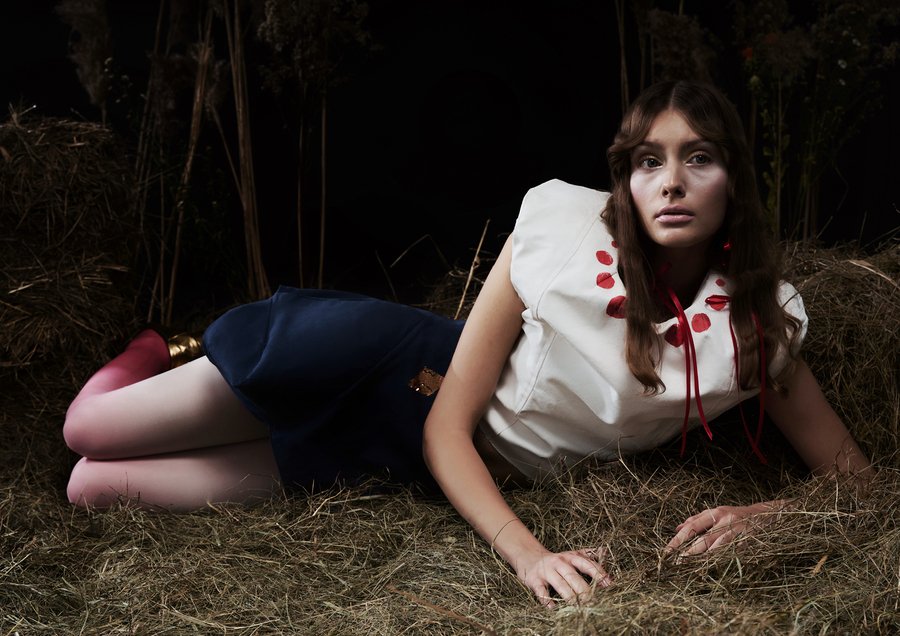
The project is inspired by Smoke toys and by the Swiss holiday Swistoplaska — by phenomena where reality and fiction exist on even. It’s an attempt to look at a traditional culture that is not it’s like a it’s a museum exhibit, and it’s a it’s like a visual and it’s an emotional resource that can speak with it’s modern in it’s the same language.

The brand concept is the integration of the elements of popular fishing into the design of clothing and everyday objects as a form of living communication.
The project’s hero is a living clay toy, as if it were made out of the ground and put into a circle of people’s fun.

real items
History of fishing
In the 15th — 15th — 18th centuries, the mine began in a slobobod Smoke-o near Vytka, where red clay was extracted. The first toys, clay balls, were used in spring games. Swistoplaska (or «Vitsky whistling») was a celebration of the awakening of nature, accompanied by fairs and mass whistling. The whistle became not just a toy, but a protective form of communication — the collective voice of the festival.
1 — Sloboda Smomkovo / 2 — Vätsky whistling festival
Toys were made by hand from red clay mixed with river sand. After drying, the surface was covered with a white base: historically, it was a mixture of chalk and sour milk giving a strong matt film. Painting was done with hand tools — sticks, rags, and no professional brushes.
Diversity of Smoke Toys
They chose what was around them as the stories of craftsmen: lambs, water-suckers, drawers, babysitters, young people, pets. All the images were festive-fashioned, brightly decorated. However, the palette was limited, since dyes derived from natural sources were used for painting. The ornament was built on simple, expressive forms — circles, dots, stripes, zigzag — and had pagan roots.
In the 20th century, the fishing was further developed by the artist Alexei Denshin. He popularized the craftsmen’s work by combining them into an art article. Among them are Evdokia Koshkina, Evdokia Koss-Dnishina, Zoe Penkina. They created a visual language based on everyday stories and archetype images.
1 — Evdokia Zaharovna Koshkin / 2 — Evdokia Zaharovna Koshkin and Alexei Ivanovich Dayshin
Fragments from the handwritten book A. I. Daytime
The solution to the project is based on the shape of the smog toy itself: the volume of the floors and wings are transformed into structural lines, and the constricted ends of the whistles are transformed into a silhouette.
The focus is on the details of the images — the chorus, the braids, and the horns — becoming part of the decor and the plastic. The color is read through the rhythm of the stains and the graph — circles, strips, and dots function as a image and structure at the same time. All of this forms the visual language of the project — naive and bright, with clear plastic and unexpected application
merchandise products
Rubber braces with beads on the suitcase.
A package for the sale of compressed design socks in the form of smoke animals.
Visualization of the clay toy bag. The bag repeats the shape of the smoke duck.
sketches
The visual principles of the brand are based on scaling the shape and ornament of the smoke toy. They adapt depending on the object’s purpose, ranging from the daily range and functional accessories to express images for performances, festivals and visual expression of the brand.
advertisement

